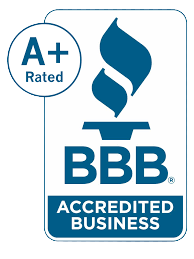Flat Roofing
Flat roofing refers to a type of roofing system that features a low or nearly horizontal slope, typically with a slope of less than 10 degrees.
Flat Roofing
Types of Materials: Various materials can be used for flat roofing, including built-up roofing (BUR) with multiple layers of bitumen and reinforcing fabric, single-ply membranes like EPDM (Ethylene Propylene Diene Monomer), TPO (Thermoplastic Polyolefin), and PVC (Polyvinyl Chloride), as well as modified bitumen membranes.
Waterproofing: Since flat roofs have a low slope, proper waterproofing is crucial to prevent water pooling and leaks. Special attention is given to seams, flashing, and drainage systems to ensure effective water runoff.
Drainage: Flat roofs require well-designed drainage systems to direct rainwater and snowmelt away from the roof's surface. This helps prevent water accumulation, which can lead to structural damage and leaks.
HVAC and Equipment Placement: The flat roof's design often allows for easier installation of HVAC units, solar panels, and other equipment, making it a practical choice for commercial buildings.
Energy Efficiency: Flat roofing materials can be designed to enhance energy efficiency, offering reflective surfaces that reduce heat absorption and help lower cooling costs in warm climates.
Maintenance: Regular maintenance is essential to monitor the roof's condition and promptly address any issues to prevent leaks and extend the roof's lifespan.
Repairs: When repairs are necessary, they should be handled promptly and by experienced professionals to avoid larger issues and costly damages.
Lifespan: The lifespan of a flat roof varies based on the materials used, climate, maintenance, and other factors. Properly installed and maintained flat roofs can last anywhere from 15 to 30 years or more.


